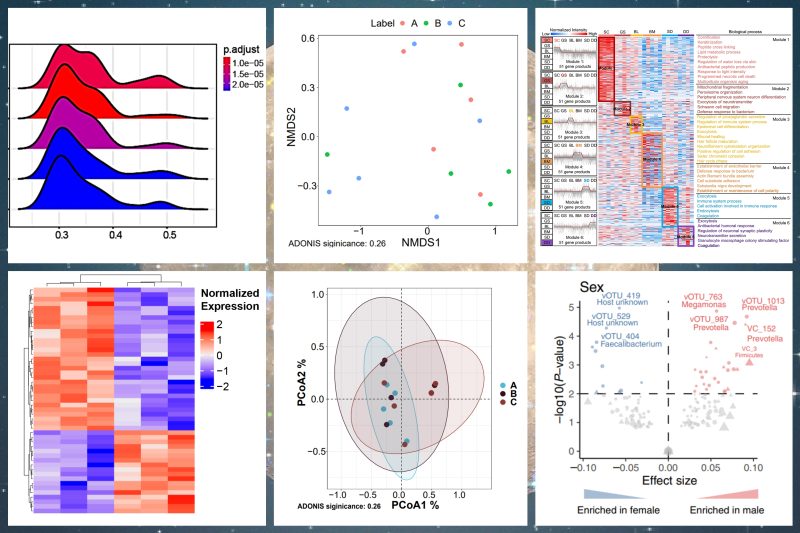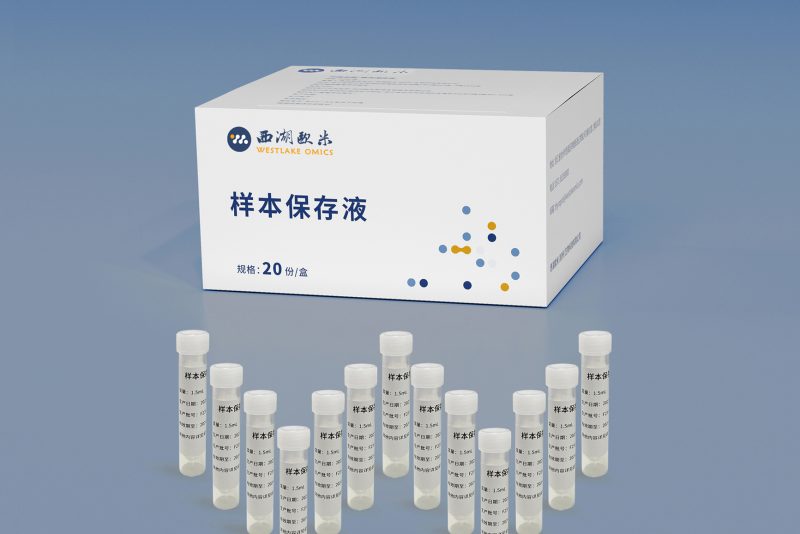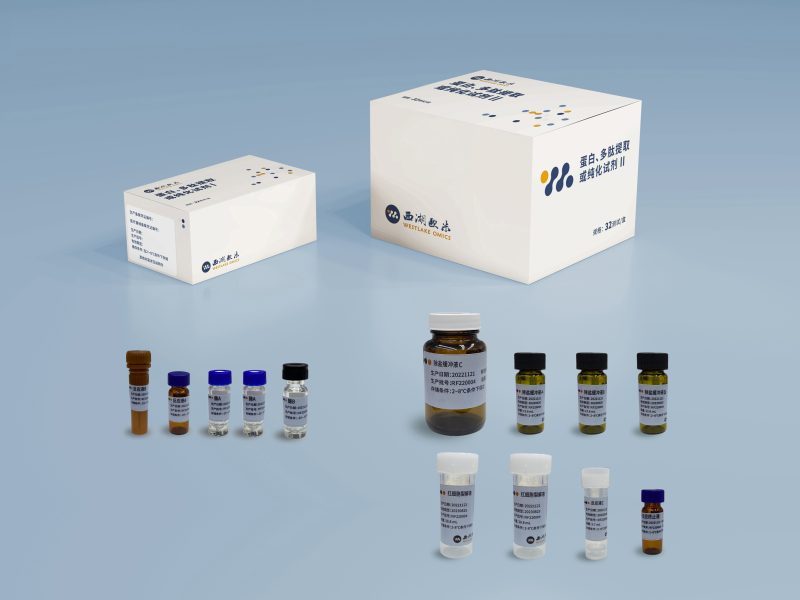Introduction
Conventional proteomic studies conduct qualitative or quantitative protein analysis based on three dimensions after proteolytic digestion: retention time, the mass-to-charge ratio (m/z), and ion intensity of peptides. With the development of Trapped Ion Mobility Spectrometry (TIMS) and Parallel Accumulation Serial Fragmentation (PASEF®) techniques, the ion collision cross section (CCS) dimension has been introduced, making 4D proteomics technology the latest quantitative approach.
Services
Clinical cohorts with large sample sizes and the need to obtain a proteome with high depth.
Mass Spectrometer
timsTOF Pro Bruker
References
Meier, et al. diaPASEF: parallel accumulation–serial fragmentation combined with data-independent acquisition. Nature Methods. 2020 17: 1229-1236









